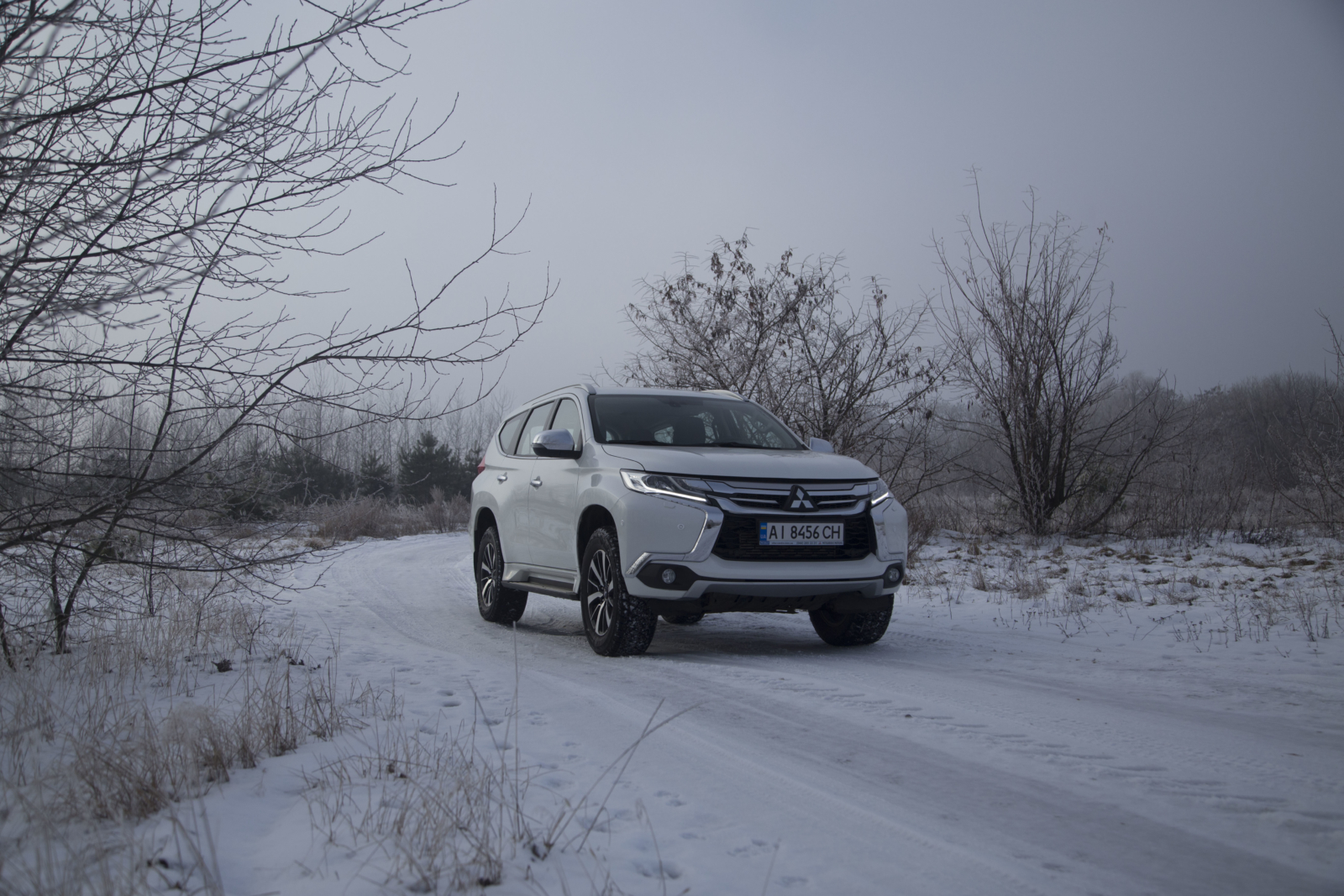The Legendary Pajero

Debuting at the Tokyo Motor Show in 1973, the Mitsubishi Pajero has been around for a very long time, making it almost as old as me. But whereas I wake every morning feeling all of my 45 years, there is nothing old or outdated about this beast.
 The modern car industry is something really quite remarkable. As different manufacturers compete for our dollars, there really is no such thing as a “bad” car. The days of bad cars were probably left behind when Skoda (which used to be terrible) was bought out by Volkswagen many years back. As such, whenever we test-drive a vehicle, it’s hard to balance the good, the bad, and the ugly. Instead, we are faced with the challenge to write what we can about the individual, and generally all good, features of any particular car.
The modern car industry is something really quite remarkable. As different manufacturers compete for our dollars, there really is no such thing as a “bad” car. The days of bad cars were probably left behind when Skoda (which used to be terrible) was bought out by Volkswagen many years back. As such, whenever we test-drive a vehicle, it’s hard to balance the good, the bad, and the ugly. Instead, we are faced with the challenge to write what we can about the individual, and generally all good, features of any particular car.

It’s Not Only About Size
Let me start with a clarification. The correct name for this particular car is the Mitsubishi Pajero Sport. It’s the “Sport” part that needs to be looked at. This is not a sporty car as we would normally use the term. As I understand, the name is used to differentiate this slightly smaller model from the behemoth that is the full-sized Pajero giant. As this one is a little smaller, it gets the “sport” badge. To avoid any confusion, however, this isn’t a small car either, far from it.
 The moment I climb in the first thing that strikes me is its size, which is a good feeling: it’s safe and it’s going to take you and all of your family, pets, and luggage from point A to point B in comfort and safety. As I hit the road the feeling of safety is further enhanced by the ride height. With the Pajero being elevated compared to most other cars on the road, the feeling from up there is commanding: your view of the road and the traffic conditions ahead is definitely superior. Now, if Kyiv drivers would learn to pay more attention to the road and traffic conditions ahead that would be a good thing, but that’s another story.
The moment I climb in the first thing that strikes me is its size, which is a good feeling: it’s safe and it’s going to take you and all of your family, pets, and luggage from point A to point B in comfort and safety. As I hit the road the feeling of safety is further enhanced by the ride height. With the Pajero being elevated compared to most other cars on the road, the feeling from up there is commanding: your view of the road and the traffic conditions ahead is definitely superior. Now, if Kyiv drivers would learn to pay more attention to the road and traffic conditions ahead that would be a good thing, but that’s another story.
Of course there are issues when size can bring difficulties, like, having to move a car this large around in tight confines. But Mitsubishi have got you covered here, and modern technology makes light work out of a potentially difficult situation. Having a reversing camera on a vehicle is not new of course, but the Pajero is equipped with something way more state of the art than just a camera. As soon as the gear selector hits “R”, the (touch screen) centrally mounted display splits into two images: on the left is the standard camera view. On the right however, computer generated by an array of sensors all over the car, is an image which can only be described as having your own personal drone flying exactly two metres above the vehicle, giving you the perfect (literal) overview of everything you need to consider in every direction around the car. A very apt use of technology, in a very good car.
Mitsubishi Pajero Sport

Stats for the Boys
- 4L – four cylinder – turbo diesel engine
- Eight-speed automatic transmission
- Centre and rear differentials, paddle shifts, and dual-range four-wheel drive
Pros for the Girls
- Third row of seating: great for packing all the kids – and their friends – in for all sorts of road trips
- 5-star safety rating and class-leading CO2 emissions
- Fabulous infotainment package
What’s On Rating
Technology 5/5
Performance 4/5 (testing it in the snow would probably have given a higher score)
Design 4.5/5











